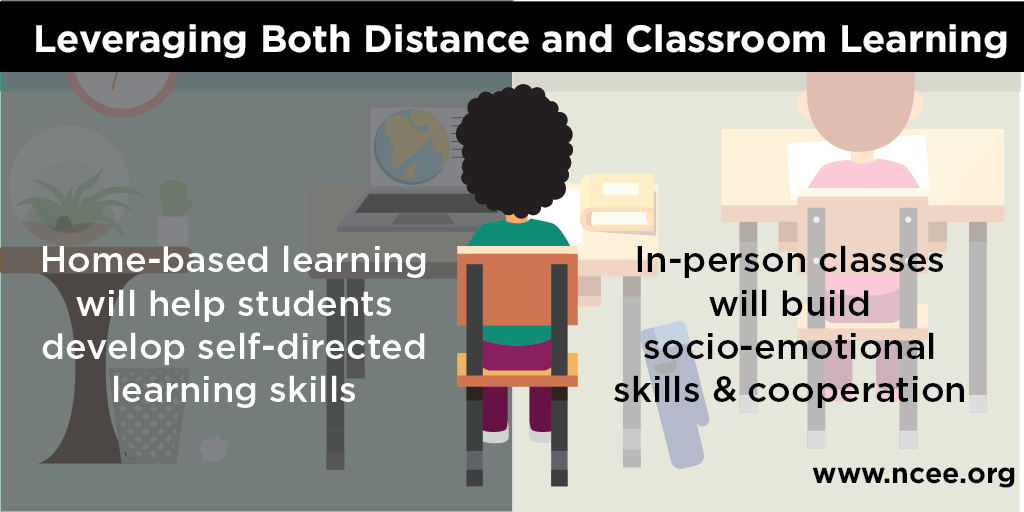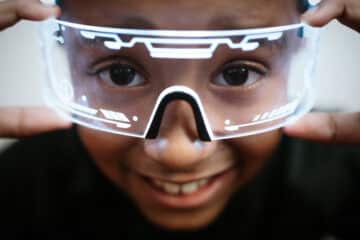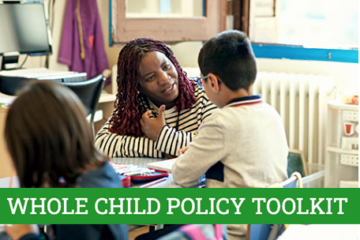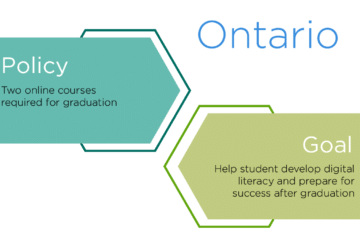Education systems worldwide have recognized that while schools will reopen in many places this fall, there are ways that teaching and learning will be permanently changed by the pandemic. Singapore is an early example of a top-performing education system that has begun making concrete plans to redesign schooling for the future. In late June, Education Minister Ong Ye Kung announced that home-based learning—Singapore’s term for remote or distance learning—will become a regular “complement” to in-person lessons even after the public health crisis has passed. The rationale is that home-based learning is uniquely well-suited to helping students develop self-directed learning skills, a key goal of Singapore’s education system. At the same time, most learning experiences will be in face-to-face classrooms, where students can learn alongside and socialize with their peers. To support this new blended model and reduce inequities in students’ access to technology at home, Singapore will accelerate implementation of its National Digital Literacy Program, which was announced prior to coronavirus-related school closures. The program, initially scheduled to provide all secondary school students with a laptop or tablet by 2028, will now do so by the end of 2021. Students will use these devices to access the Student Learning Space, Singapore’s nationwide platform for online teaching and learning.
Learn more about how top-performing education systems have approached distance learning and are preparing for the future of schooling in NCEE’s recently released paper: “How Did The World’s Highest Performing Education Systems Approach Distance Learning?”





